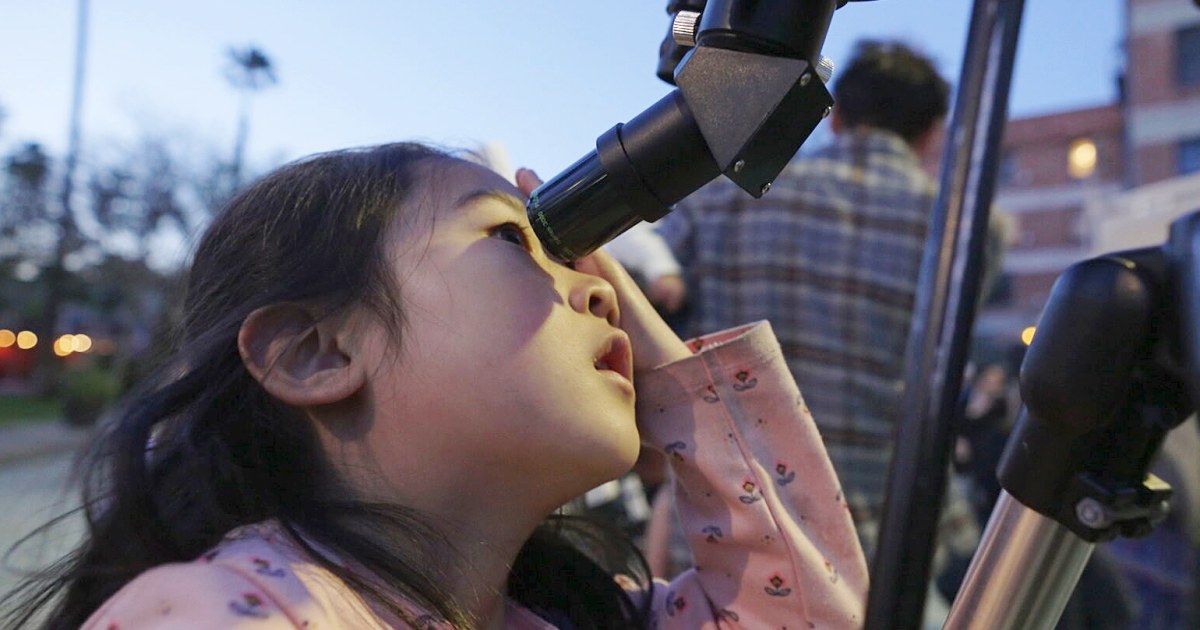
Robotic Cranes
Robotic cranes are automated machines designed to lift and move heavy objects in space and astronautical engineering contexts. These cranes are equipped with robotic arms and advanced sensors that allow them to perform precise movements and manipulate objects with high accuracy. Robotic cranes are commonly used in space missions to deploy and retrieve payloads, assemble structures, and perform maintenance tasks on spacecraft and space stations. They are also used in the construction of launch pads and other ground-based facilities. Robotic cranes are essential tools for space exploration and development, as they enable humans to perform tasks that would otherwise be too dangerous or difficult to accomplish. They are designed to operate in extreme environments, including zero gravity, vacuum, and high radiation, and are built to withstand the harsh conditions of space.
Your Previous Searches
Random Picks
- Space-based Observatories: Space-based observatories are scientific instruments that are placed in orbit around the Earth or other celestial bodies to observe and study the universe. These observatories are equipped with advanced sensors and detectors that can detect ... Read More >>
- Dynamical Systems: In the context of aerospace engineering, dynamical systems refer to mathematical models used to describe the time-dependent behavior of a system's state variables. These systems are often used to analyze and predict the behavior of physical ... Read More >>
- Coverage: Coverage refers to the extent to which a particular area or region is covered by a satellite or other spacecraft. In space and astronautical engineering, coverage is a critical factor in determining the effectiveness of a mission or system. ... Read More >>
Top News

Easter's date remains divisive. Some church leaders want that to change...
Eastern and Western churches will celebrate Easter on the same day this year, while marking 1,700 years since the Council of Nicaea unified Christian doctrine...
News Source: ABC News on 2025-04-19

In a city of stars, Los Angeles astronomy club makes sure to keep looking up...
LOS ANGELES — While Los Angeles is home to the biggest stars in the world, a monthly get-together is proving that the city’s rich and famous have nothing on the universe....
News Source: NBC News on 2025-04-18

This week on "Sunday Morning" (April 20)...
A look at the features for this week's broadcast of the Emmy-winning program, hosted by Jane Pauley....
News Source: CBS News on 2025-04-17

Scientists detect strongest hints yet of life on a distant planet...
Scientists have detected unique chemical patterns similar to those produced by the Earth's algae and seaweed — raising the possibility of the presence of a warm ocean, perhaps teeming with life, on ...
News Source: NBC News on 2025-04-17

Is there life on another planet? Scientists find the strongest evidence yet...
Near a planet far, far away astronomers have found traces of chemicals that on Earth are only produced by living beings....
News Source: Al Jazeera English on 2025-04-17